Search Posts
Recent Posts
- The Long Goodbye January 18, 2024
- Once More Around the Mulberry Bush January 9, 2024
- The Wash December 28, 2023
- The Truth About Carver Dogs December 1, 2021
- The Question of Pain November 9, 2021
Categories
Subscribe!
Thanks for subscribing! Please check your email for further instructions.
The Long Goodbye
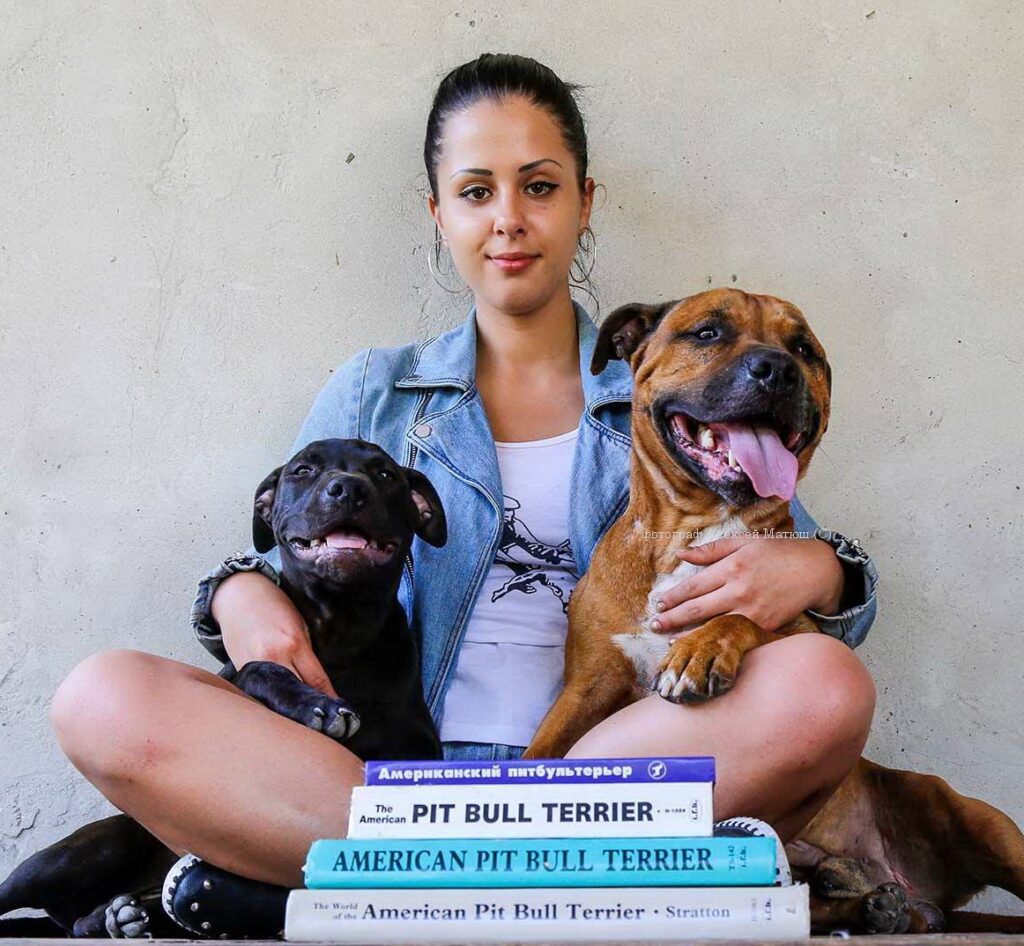
The Long Goodbye
by
Richard F. Stratton
“Old age is a massacre,” Phillip Roth wrote. But in truth it is a maceration—the steady grind of injury upon injury, the unstoppable decline of function into dysfunction, and the inexorable loss of resilience.–Sidhartha Mukherjee
At least, I hope it will be a long goodbye! I turned ninety-two last year, so I’m now in my ninety-third year. And I just heard sad news about a doctor-friend. She was hardly sick a day in her life, and she had a career as a flight surgeon in the Air Force, but she died unexpectedly in her sleep last night, and she was only in her mid-seventies. So, I must realize, just from my age, that I’m sort of playing out the string here.
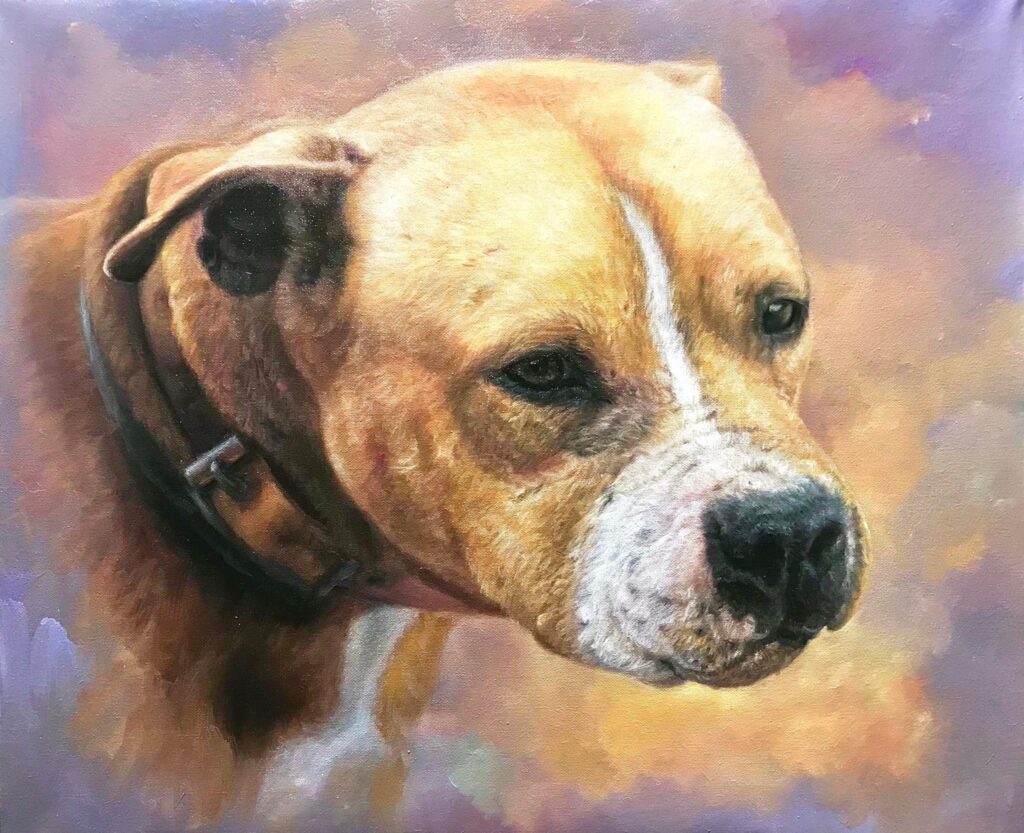
But I’m in good health, and I exercise every day, albeit not as strenuously as I did just a few years ago. I feel good, and I have interests that extend beyond the dogs that keep me excited about each day. The dogs are never far from my thoughts, however. And I have friends and family, so I’m surprisingly busy and content.
I’ve been interested in the dogs since my early teens, and I’ve known many a famous dog man, and I can talk about people like Bert Clouse, as I corresponded with him and eventually met him when I was just a youngster. And he sent me pictures of some of his dogs that I eventually published in my books. There were many others, too. I can write about people and dogs that are long gone, but not forgotten.
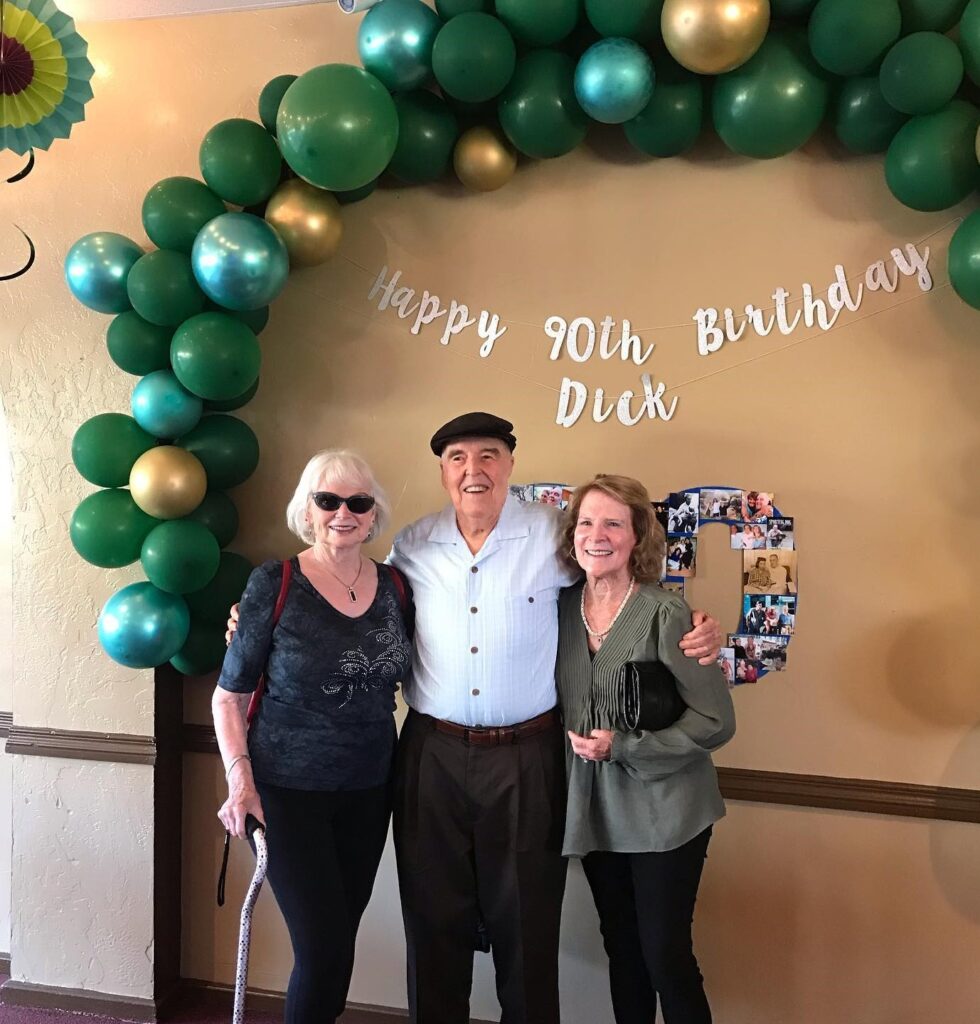
It’s hard to believe that our breed was hardly known when my first book came out in 1976. And those were better days. It was better when the public didn’t know about the breed. I can’t take all the blame, though, as there were other factors that made the breed so popular that now people get them from animal shelters. I’ve always been of the opinion that our breed was only for a few people, the type who understood the dogs and would be especially responsible in their care and security.
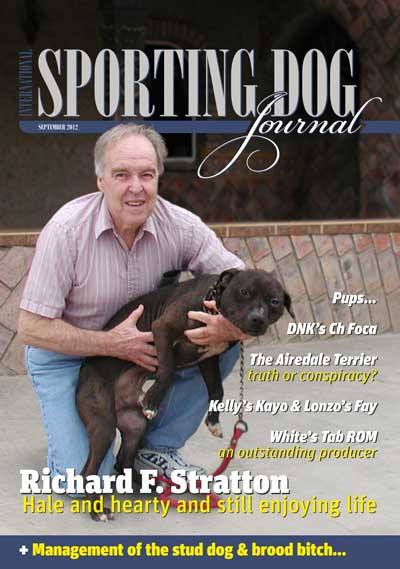
I must shoulder some of the blame for the popularity, however, as my books ended up being the best-selling ones that TFH put out. Despite that, a new outfit that bought the publishing company only a few years ago decided to discontinue them, as there was an outright war on them by certain humane groups. They told members to complain to the stores where they saw them sold and complain to the libraries that carried them, which were nearly all of them. For that reason, I was told that the newer, more anodyne outfit would discontinue my books. However, they didn’t follow through, despite the pressure. Why would they discontinue their best-selling books? However, they did finally fold during the Michael Vick scandal in 2007. It’s hard to believe now how that dominated the news and reflected so badly on the breed.
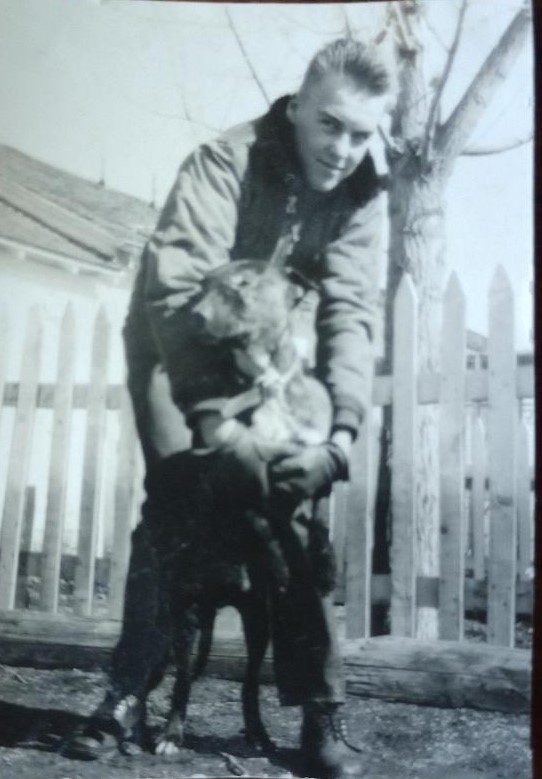
With my books being discontinued so long ago, I expected to be forgotten by the rank and file of dog people—but, surprisingly, it didn’t happen. Dog people around the world know who I am, and they contact me, and write about me, almost always favorably. I appreciate that. They’ve also gotten counterfeit copies of my books—and I don’t mind that either! I signed some books in Chinese for people from China, surprised at the translation, as one of my books had been issued in German and one in Spanish, but never in Mandarin. Even though China is officially communist, it has a capitalist streak in it, and some of its multi-millionaires are interested in our dogs. They may have been responsible for the counterfeit copies, and I don’t mind. I just hope it was a good translation!
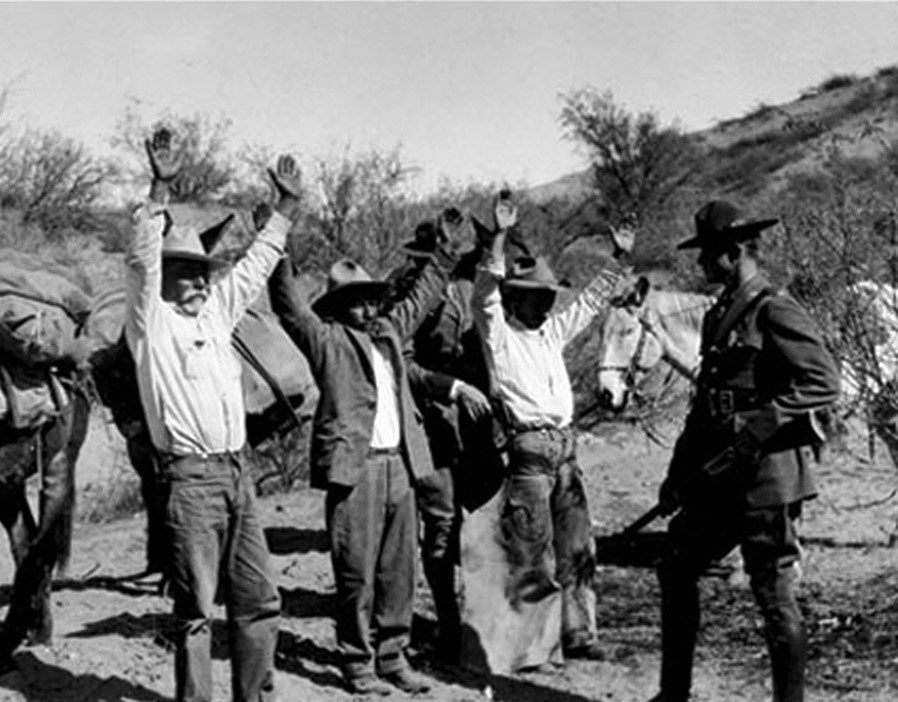
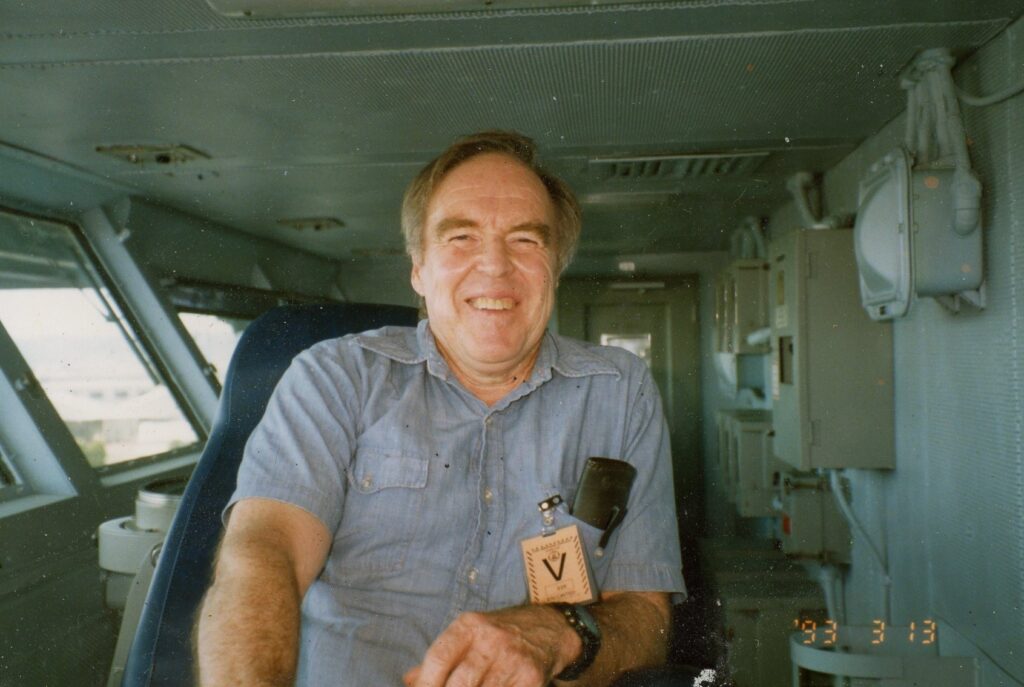
I’ve also written for the American Pit Bull Terrier Gazette for most of its existence. I missed the first issue, but after that, nearly every issue contained an article, as I was eager for the ADBA to do well, and I never seemed to run out of things to write about the breed—even with constraints. I was approached to do articles on the breed by several general dog magazines, and I did them, but they always wanted me to be aware of how sensitive their readers were. Yeah, I was aware, but I was also aware that was because their readers had been given so much bogus information by our media.
Truthfully, the reason I wrote the first book was because I wanted a published book out there on the breed that gave the true skinny on it. Even though the breed was little known then, there were occasional references to it in the media that were quite false, including that it was not a purebred breed, but just a mongrel. I couldn’t let that stand. The only books around were by Armitage and Joseph Colby, and they were self-published, so they were not widely distributed. There was one book published in 1947, the Denlinger hardcover, The Complete Pit Bull or Staffordshire Terrier, but, although it was by Milo Denlinger, it was a hash of writings taken from various publications, not really very informative.
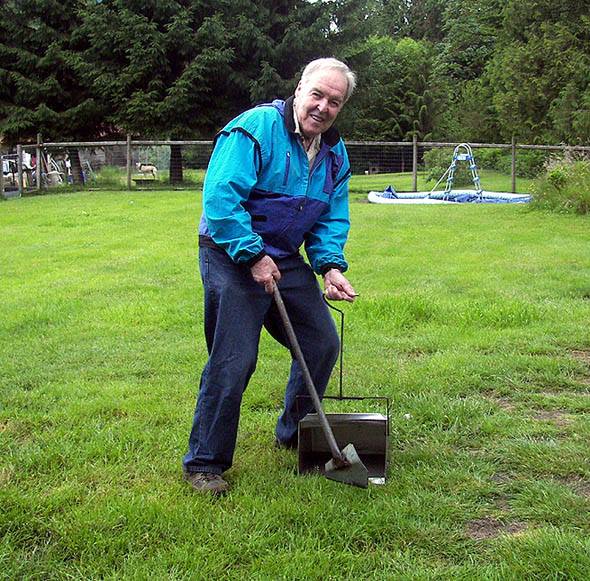
I tried to get Bob Wallace to do a book, as he was quite a good writer with great knowledge of the breed. I couldn’t talk him into it, so I told him that I would do it myself, even though I was little known and might be considered a novice. It’s true that I got some exposure as I had written articles for Bloodlines Journal, at that time an organ of the United Kennel Club. Before I came along, Jake Wilder had written a regular column for the periodical, and I’m sad to say that they shunted his writings aside for mine. But Jake and I remained on good terms via correspondence.
I had already done more academic study of our breed than anyone else I know. I went through all the literature of the 19th century, courtesy of a retired marine colonel who kept an extensive library of dogs, a lot of them valuable texts. He was a show Bull Terrier fan, but we had an amicable relationship, as we were both bookworms when it came to dogs.
In addition, I went through artwork, as you never know whether what people wrote was true or not. Even artwork must be examined with a critical eye, but it is a valuable window into historic times, as you assume that the artist was painting things that he had seen (not always the case, though).
I really wanted the book on the breed to be scholarly and worthy of the American Pit Bull Terrier. For that reason, I put in quotations at the heading of each chapter. It was, I thought, a sign of class. And people seemed to like that. I put in the usual information that you find in breed books, but I also included stories about the dogs, and people seemed to like that, too! These were stories that were told to me by various people, and I doubt that they ever thought the stories they loved to tell would end up in a book.
The book editor told me that my book was much more fascinating than other breed books, and I thought, “Of course, that’s because the breed is more interesting.” Anyway, the book was a smashing success. The publishers picked the title, This is the American Pit Bull Terrier. It was somewhat iconoclastic because I didn’t put “pit” in parenthesis. That had been standard practice of the UKC, as some people wanted the name “American Bull Terrier,” and others wanted “Pit Bull Terrier.” Having the “pit” in parenthesis was the compromise that had long been practiced. My book had enough influence that the United Kennel Club dropped their parentheses.
My experience started with the dogs when I was thirteen years old. I’d always liked dogs, but my first love was the Collie breed, but they weren’t the dogs that I had been led to believe by stories from my father about his dog Jack, or from the Albert Payson Terhune books, fiction stories, always about Collies—and the Collies were unbelievably heroic, but the one I got wasn’t. After hearing how frustrated I was that boyhood friends of mine in Ajo, Arizona, sicced their large German Shepherd on my Collie, the legendary chief of the Border Patrol, Carson Marrow, lent me a little brindle dog named Nails. That was the start of my interest in the breed. That wasn’t just because Nails whipped a bully twice his size. He was an amiable dog, fun, intelligent, and a great pal—even though I had him only for a short time.
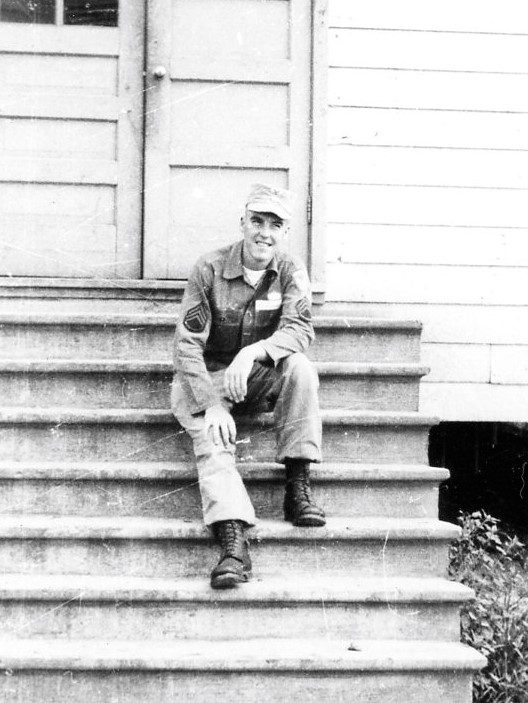
We moved often enough that I attended three different high schools: one in Ajo, Arizona, (where I played football), one in Conrad, Montana, (and there I played baseball, but also, I was the new boy in town, and the girls were fighting over me, which was much more important), and finally in Boulder, Colorado, where I graduated. I was born in Loveland, Colorado, but the major part of my growing up was in Boulder. The famed breeder William J. Lightner lived in Colorado Springs, and I made frequent journeys down there, even unto my college days when I would bring a girlfriend down there with me. He liked that, and now at an age older than his then, I can appreciate why he enjoyed that.
Closer to Boulder was Denver, and I met the dog men there, and some of the stories came from them. Ed Weldon and Jack Williams became life-long friends, and I learned the most from them. At the start of the Korean War, I joined the army with a friend. We originally wanted to be pilots, but we had to have two years of college for that, so we joined the airborne (paratroops) instead. Nevertheless, I learned to fly in the army, as I attended Reconnaissance School, where I learned to fly a variety of aircraft for surveillance purposes. I had received basic training at Fort Ord, California, and then my friend and I were sent to Fort Campbell to join the 11th Airborne, now inactive. On my travel (by train) to Fort Campbell, I received a delay in route that allowed me time with all the dog men in Phoenix, as I had corresponded with them prior to that. It was a hot spot for dog men, as Dibo came from there. I was there before he was born, but I remember meeting some of his progenitors, such as Gimp and Bouncer.
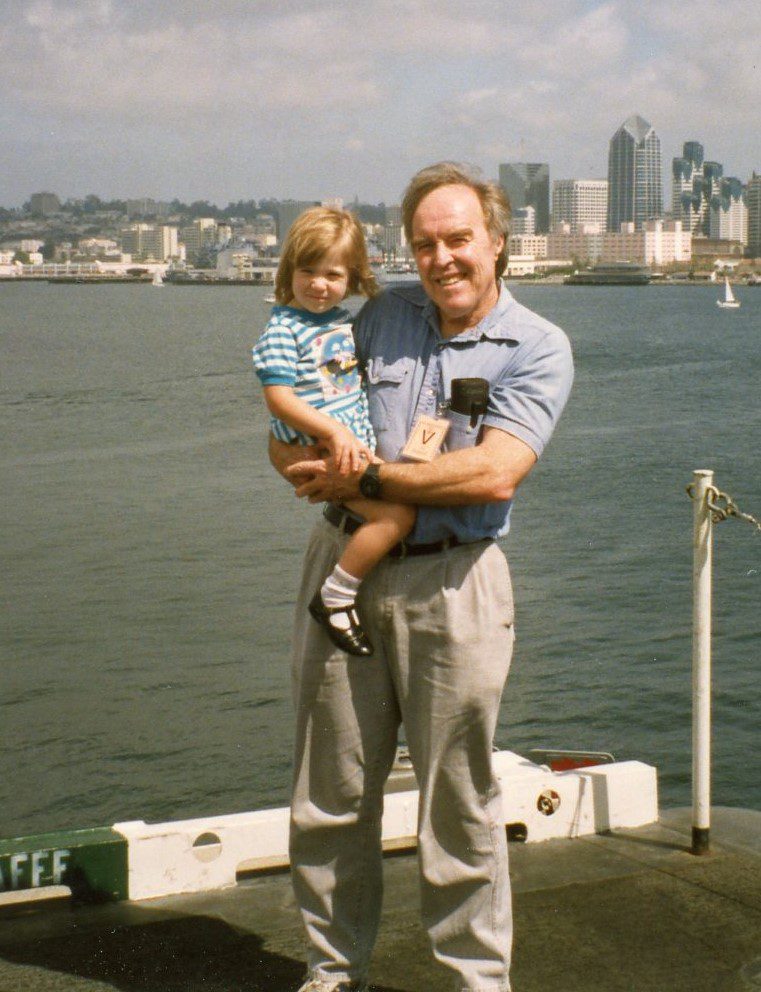
There were few dog people in the country in those days, but Leo Kinard had his yearly conventions, and I had been introduced to certain key dog men, such as Ham Morris in Louisville and Bob Wallace in Little Rock. At various meetings, I met everyone from a young Maurice Carver to Earl Tudor. I spent the day with Bob Hemphill and Bob O’Neal, and I was impressed by the scholarly bent of Hemphill, in particular.
I wanted desperately to be sent to Korea, so I could be a hero like Audie Murphy, but I got sent to various schools instead. I loved my time in the military, and I got promoted because of my enthusiasm, but surprisingly to some people, I’m a strong peace proponent now.
I had dogs before I went into the military and afterwards, of course, and people have asked me to talk about them, too, and I will. My boyhood dogs were Lightner’s Spook, son of Colorado Dan, Bingo, and Butch—all of them great dogs. Grown and through college, I got interested in breeding dogs, and that’s still my main perspective. It was useful to have partners, and one was a professor of microbiology at San Diego State University, from where I received a master’s degree, and where I served as assistant wrestling coach for a few years.
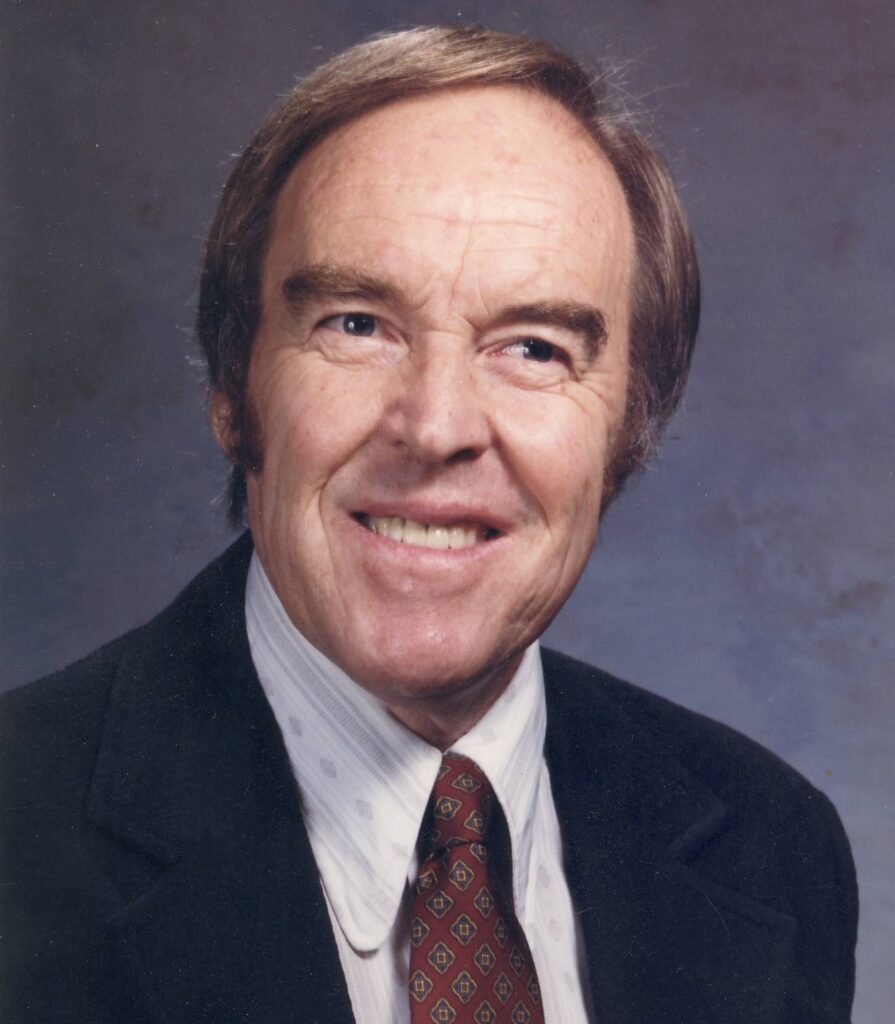
As you can see, most of my experience with the dogs was with other people, but they were persons very influential with the breed, and I was eager to learn. I still am! I never want to be called an expert because experts stop learning. I’m eager to tell what I know, and I still enjoy learning new things. It’s for that reason that I continue with the articles. I still enjoy writing about the dogs, the people, and some of the things I’ve learned. So I hope to keep on doing that for a while. But, if it’s not a long goodbye, but rather a short one, and I’m suddenly gone, don’t feel bad for me. I’ve had a happy and productive life, better than most people, and I appreciate all the friendship from dog people—even those I never met.
Great read